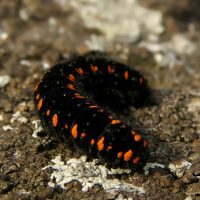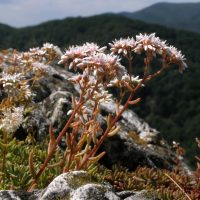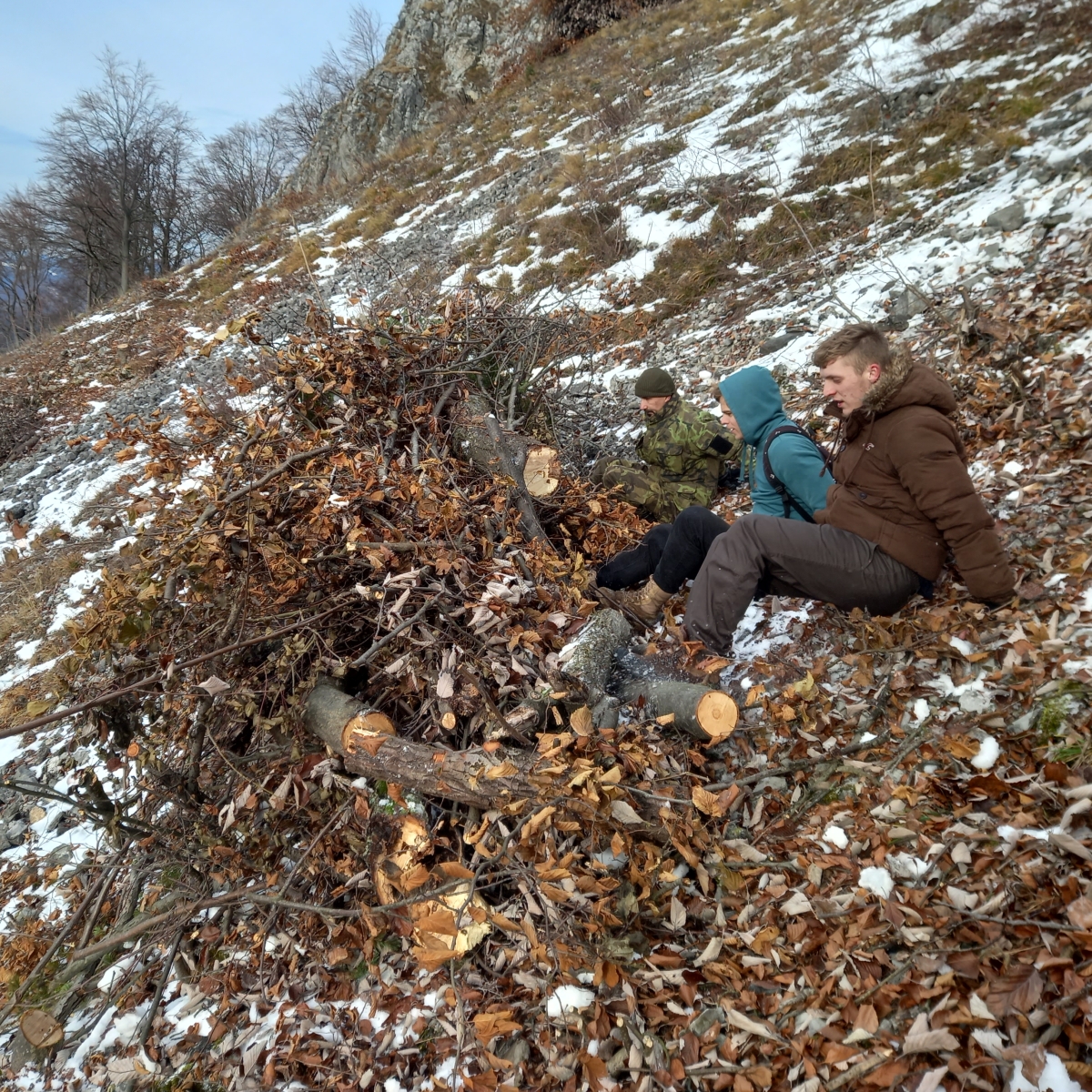At the site of the maountain Apollo, one of our rarest butterflies, we cleared approximately 1 hectare of debris from invasive trees. Since this light-loving species of butterfly requires sufficient space with nutritious and nectar-producing plants. We believe that this intervention will greatly help the maintenance of this species in the territory and, among other things, will also support other species of rare plants and insects.
The Apollo butterfly (Parnassius apollo) is one of our rarest and most endangered butterflies. It is a species that has survived in our country since the last ice age as a steppe relic. It is tied to grassy rocky slopes and rubble, which were much more extensive in those days. Around 1950, about 570 localities of this species were known in Slovakia, and there were certainly many more, but they were not documented by the entomologists of that time. Today, we have explored the country much more thoroughly and about 40-50 of the last places where this species lives are known, often already on the verge of extinction. The populations are small, isolated and, in addition to habitat loss, they are also threatened by genetic inbreeding or the theft of sites by irresponsible collectors, which would not be a real problem with rich populations. The main factors that brought mountain Apollo in Slovakia to this situation are the afforestation of localities, often with non-native trees, the abandonment of grazing, fire prevention measures, but also the gradual natural succession of trees. At one of the last locations in the Strážovské vrchy, we cleared approximately 1 hectare of its habitat from overgrown trees, which significantly improved the conditions for the survival of this light-loving butterfly, which requires sufficient space with nutritious and nectar-producing plants. In addition to mountain Apollo, we also helped valuable non-forest biotopes with many other rare species through these interventions. Another highly endangered species that LIFE PANALP focuses on, namely the large blue (Maculinea arion), will also do better on the site.
The mountain Apollo caterpillar – in order for it to develop into a beautiful image, the habitat where it develops must meet many specific criteria. e.g. gradual shading and higher humidity can cause increased mortality, this leads to the extinction of the population, although food plants still grow there.


The white stonecrop (Sedum album), one of the host plants for Apollo caterpillars. Stonectop species require eroded, rocky places and rubble, and so do mountain Apollo the same.






